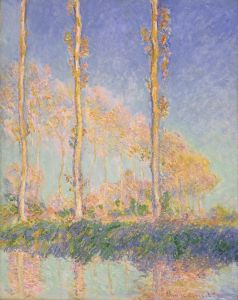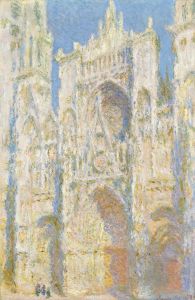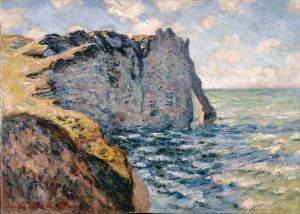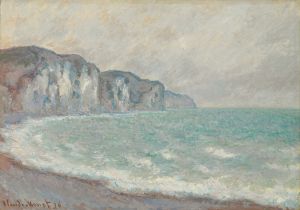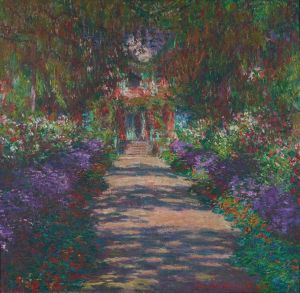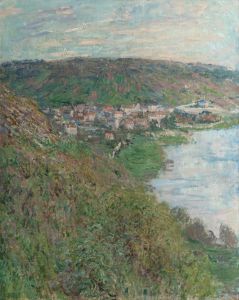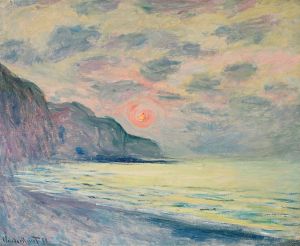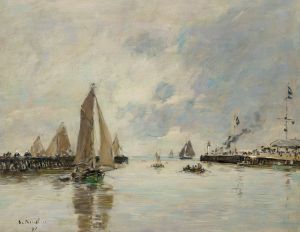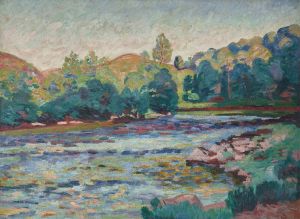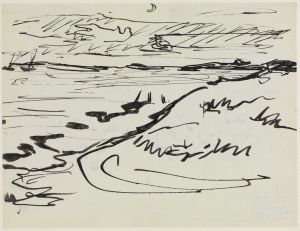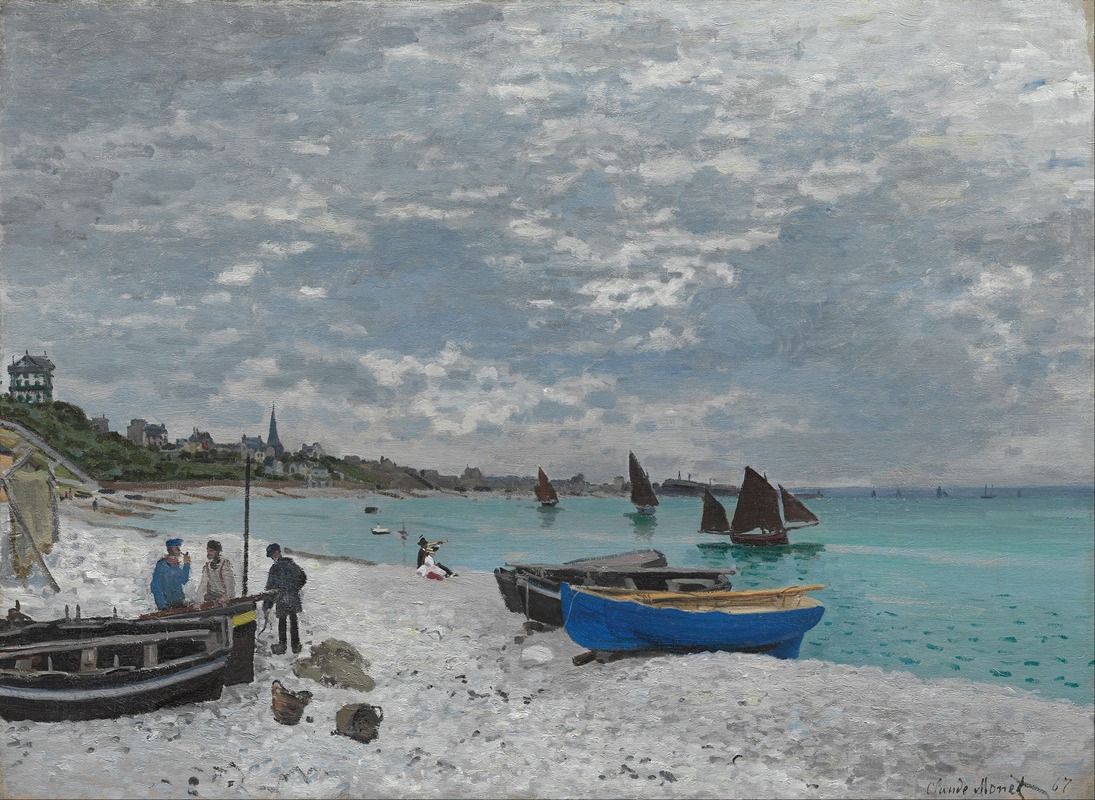
The Beach at Sainte-Adresse
A hand-painted replica of Claude Monet’s masterpiece The Beach at Sainte-Adresse, meticulously crafted by professional artists to capture the true essence of the original. Each piece is created with museum-quality canvas and rare mineral pigments, carefully painted by experienced artists with delicate brushstrokes and rich, layered colors to perfectly recreate the texture of the original artwork. Unlike machine-printed reproductions, this hand-painted version brings the painting to life, infused with the artist’s emotions and skill in every stroke. Whether for personal collection or home decoration, it instantly elevates the artistic atmosphere of any space.
The Beach at Sainte-Adresse is an oil painting created by the French Impressionist painter Claude Monet in 1867. This artwork depicts a serene coastal scene at Sainte-Adresse, a seaside suburb near Le Havre in Normandy, France. Sainte-Adresse held personal significance for Monet, as it was near his hometown and a place he visited frequently during his early career.
The painting captures a tranquil moment on the beach, with figures strolling along the shore and boats visible in the distance. Monet’s use of light and color reflects his growing interest in capturing the effects of natural light and atmosphere, a hallmark of the Impressionist movement. The composition is characterized by its balanced arrangement of elements, with the shoreline and horizon dividing the canvas into distinct sections.
Monet painted The Beach at Sainte-Adresse during a period when he was experimenting with outdoor, or "en plein air," painting. This approach allowed him to observe and depict the changing qualities of light and weather directly from nature. The work demonstrates his skill in rendering the subtle interplay of light on water and sand, as well as his ability to convey the mood of a specific moment in time.
The painting is notable for its relatively traditional style compared to Monet's later, more experimental works. At this stage in his career, Monet was still influenced by earlier artistic traditions, including the Barbizon school, which emphasized naturalistic landscapes. However, the painting also hints at the innovative techniques that would define his mature Impressionist style.
Today, The Beach at Sainte-Adresse is recognized as an important example of Monet's early work and his development as an artist. It provides insight into his evolving approach to landscape painting and his dedication to capturing the beauty of the natural world. The painting is held in a private collection and is not as widely exhibited as some of Monet's other works, but it remains a valued piece within the broader context of 19th-century French art.






